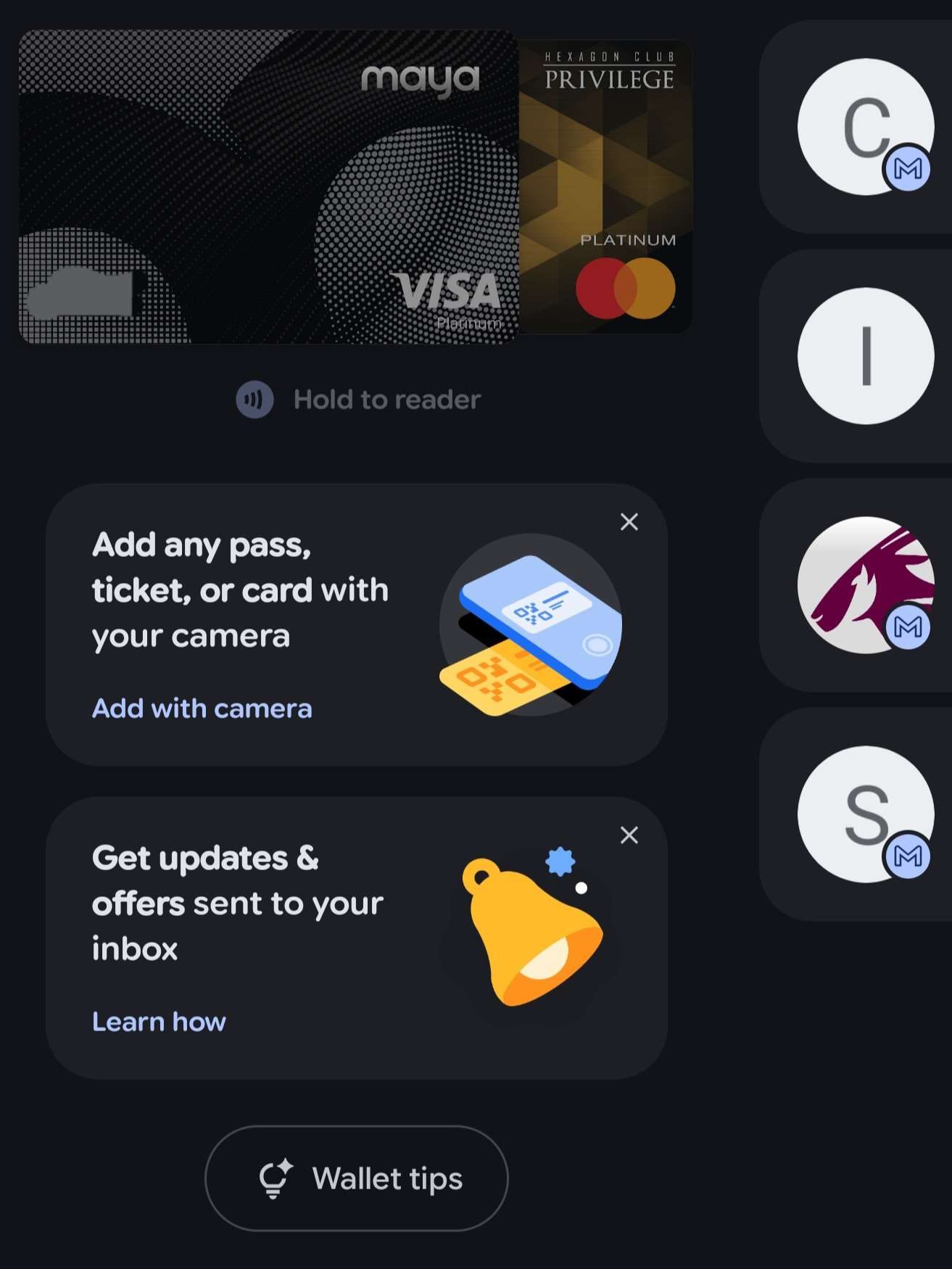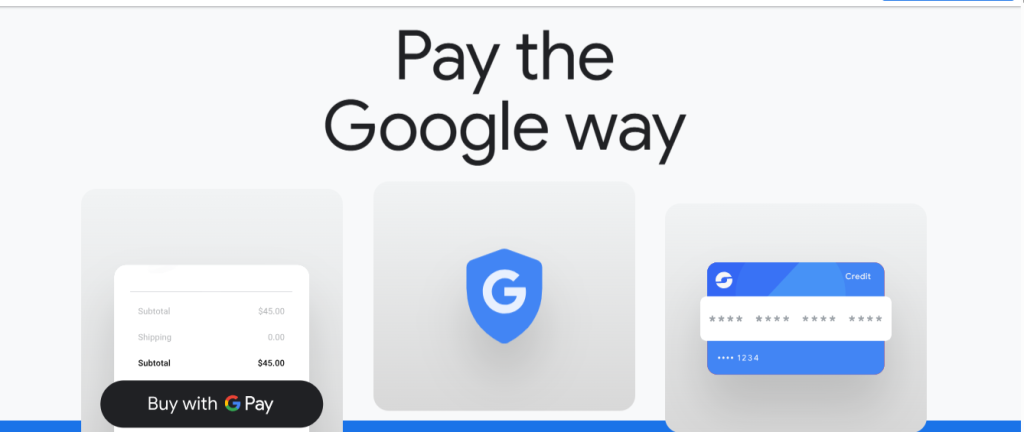Google Pay is finally live in the Philippines, allowing Android users to tap their phones at checkout counters as easily as they would a physical card. The rollout brings the country closer to widespread contactless payments, a feature long available in neighboring markets.
To activate Google Pay, users must first download Google Wallet from the Play Store. The app will serve as the main hub for storing and managing cards used for tap-to-pay transactions.
The next step is to check whether your bank supports Google Pay. Only cards issued by participating banks can be enrolled, and the initial list includes a mix of local and international institutions. More banks are expected to join as the service expands.
Users can type in their card details or scan the card using the phone’s camera. Banks may require verification through a text message, email, or in-app confirmation before the card becomes available for use.

Multiple cards can be stored on Google Wallet. Users can switch between them by swiping inside the app. Helpful for those who use different cards for groceries or bill payments.
One thing to keep in mind: the card must not be locked or frozen in the bank’s app. A locked card won’t work with tap-to-pay, even if it appears in Google Wallet.
Meanwhile, Visa has also announced that its cardholders in the Philippines can now add their Visa debit or credit cards to Google Wallet and use Google Pay for everyday purchases.

Shoppers only need to unlock their phones and tap the device on a contactless terminal, removing the need to hand over a physical card. All transactions are secured through Visa’s protection systems.
Google Pay is initially available through seven partner issuers: Chinabank, EastWest Bank, GoTyme Bank, Maya Bank, RCBC, UnionBank, and Wise.
The Bangko Sentral ng Pilipinas classifies services like Google Pay as technology service providers, meaning they do not store consumer funds but connect directly to Visa credit, debit, or prepaid cards.


